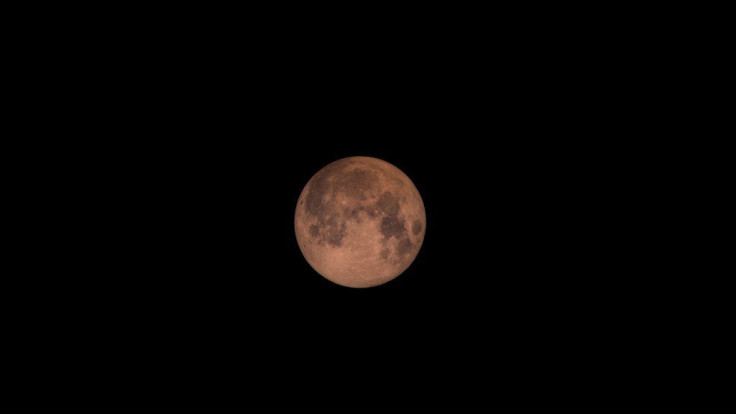What Does The Name 'Super Blue Blood Moon' Even Mean?
Along with the lunar eclipse expected for early Wednesday morning, the moon will be full. While the moon will have a red hue thanks to the hint of sunlight making its way around the Earth and through the atmosphere during the eclipse, it won’t look that different than any other full moon.
NASA is calling the second full moon of the month the “super blue blood moon.” The name comes from the fact that the moon is the third of three supermoons that have happened over the last couple of months. A supermoon occurs when the moon is in the point in its orbit where it is closest to Earth, making it appear larger than usual. This spot in the orbit is called perigee and causes the moon to appear a bit larger and a bit brighter.
The first full moon of the month, the full wolf moon, was also a supermoon. While the term isn’t a technical term used by astronomers, it’s generally accepted to mean a full moon that appears slightly larger than others.
The second reason the moon being a bit unusual has to do with the fact that it’s the second full moon of the month. The term blue moon started with old folklore, according to Sky and Telescope. The term, “once in a blue moon,” used to mean something that was quite unlikely or even never going to happen, and the phrase only became more popular in the last 50 years or so. A mistake in an article from the 40s also led to the more popular use of the term. But regardless of where the term comes from it has very little to do with the actual coloring of the moon.
The “blood” part of the name of the moon is due to the eclipse. A lunar eclipse happens when the Earth moves between the sun and the moon, when this happens, the Earth blocks the sun’s light from reaching the moon. However, some light does make it around the Earth, through the atmosphere and casts a red glow on the moon. That red glow is where the name blood moon comes from.
The moon will be best visible under these conditions during the early-morning hours of Wednesday, Jan. 31. The western part of the United States will have the best view of the moon and eclipse while those in the east will only be able to see a partial eclipse and the supermoon if the night is clear.

© Copyright IBTimes 2024. All rights reserved.





















